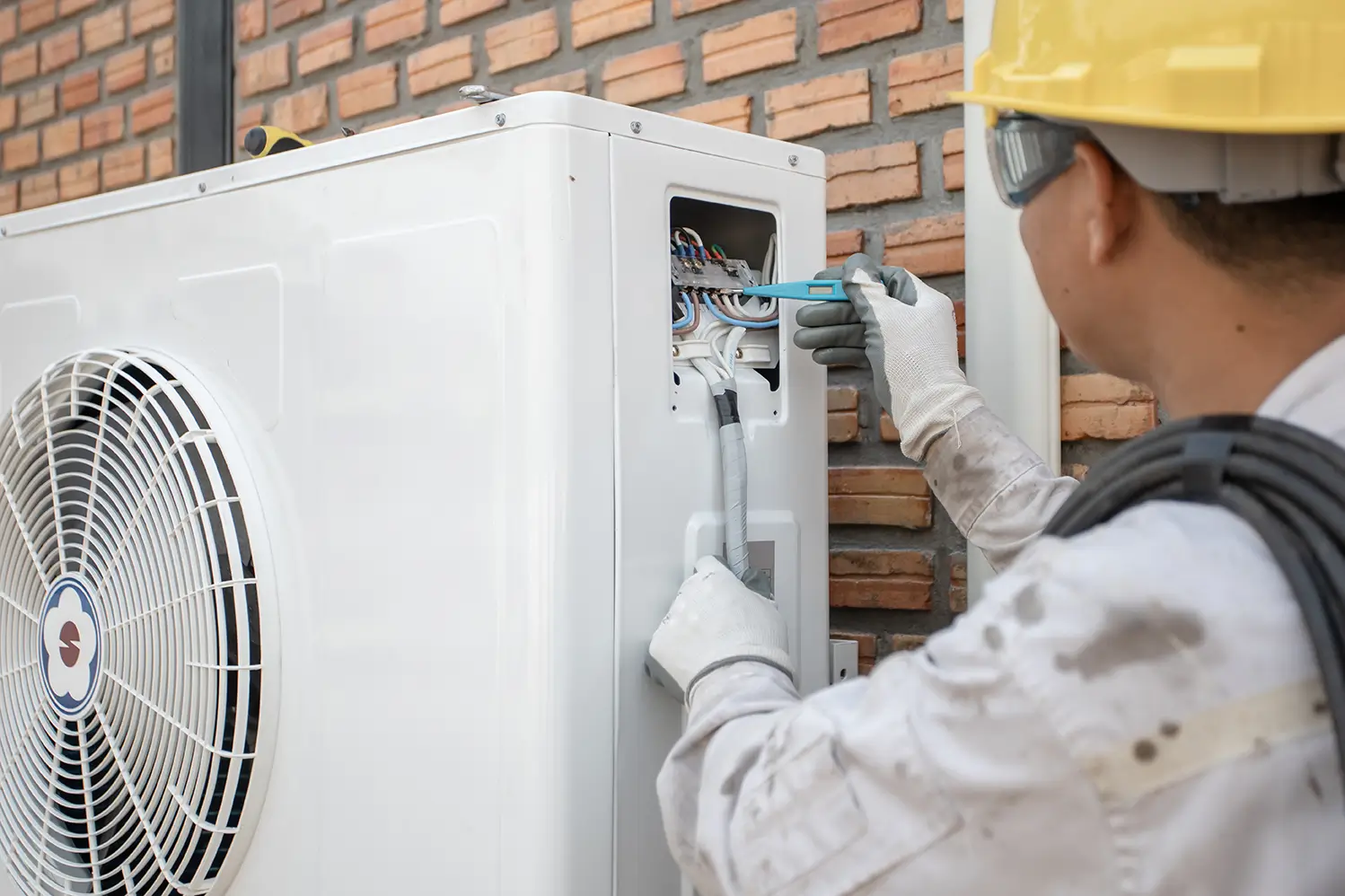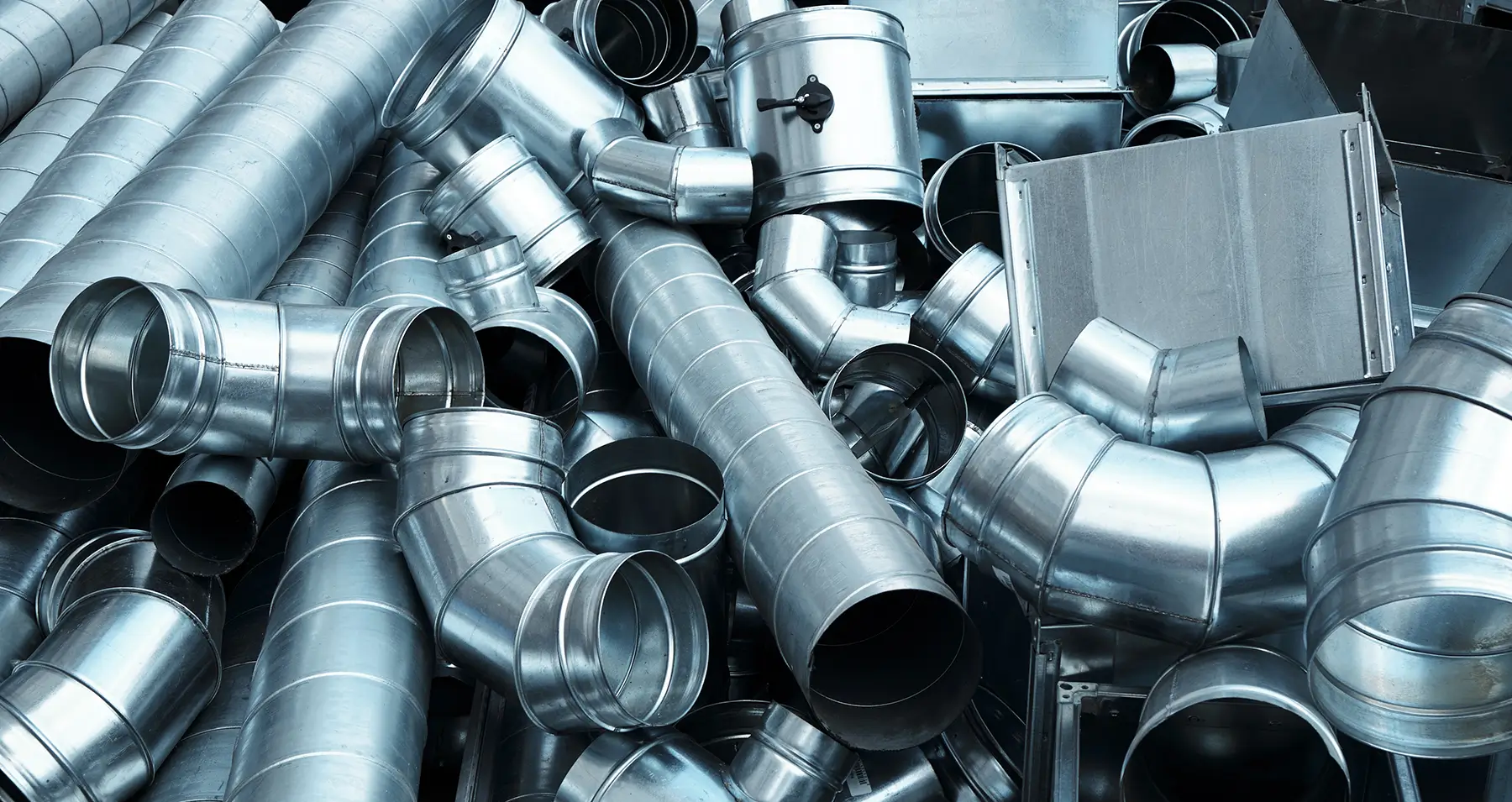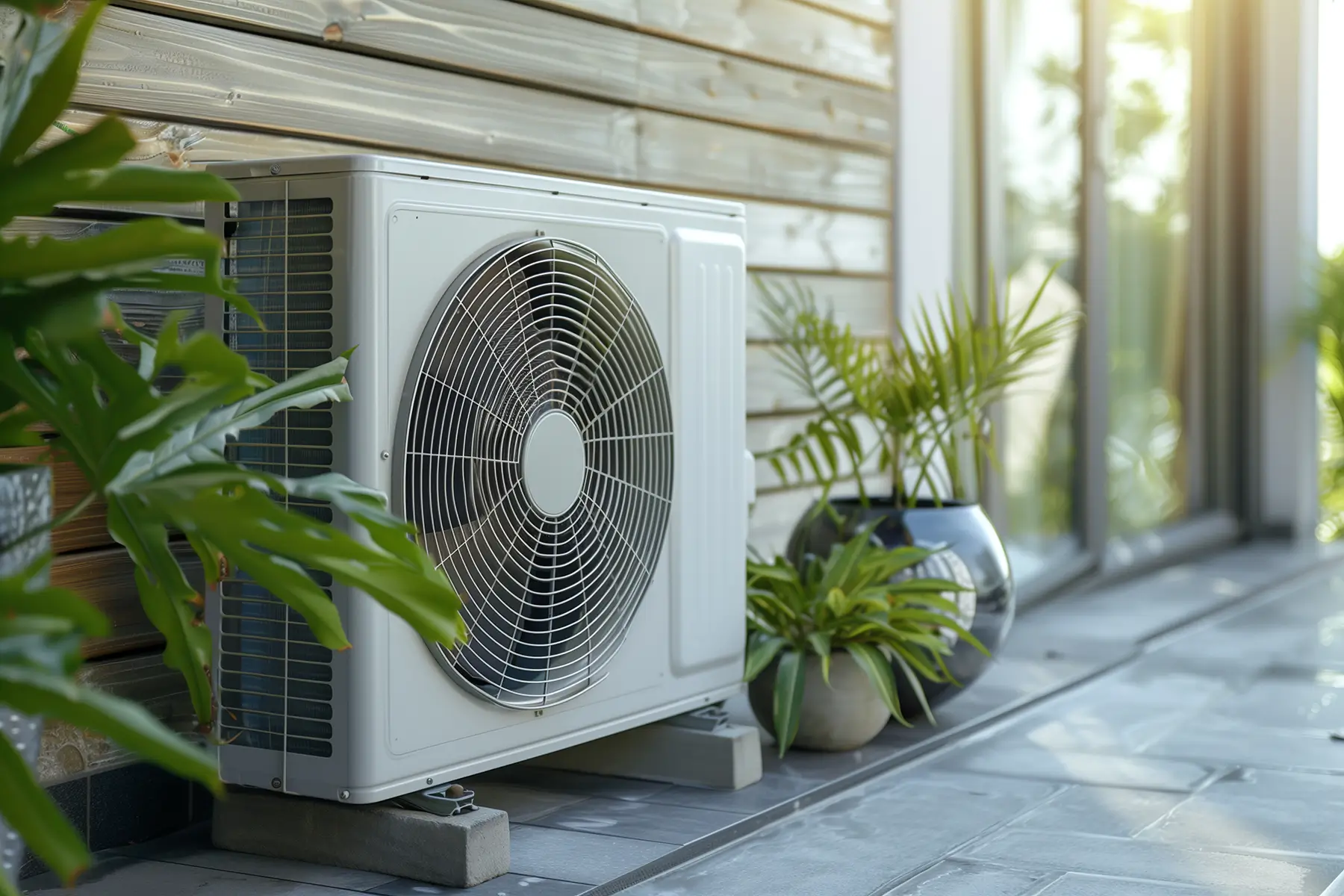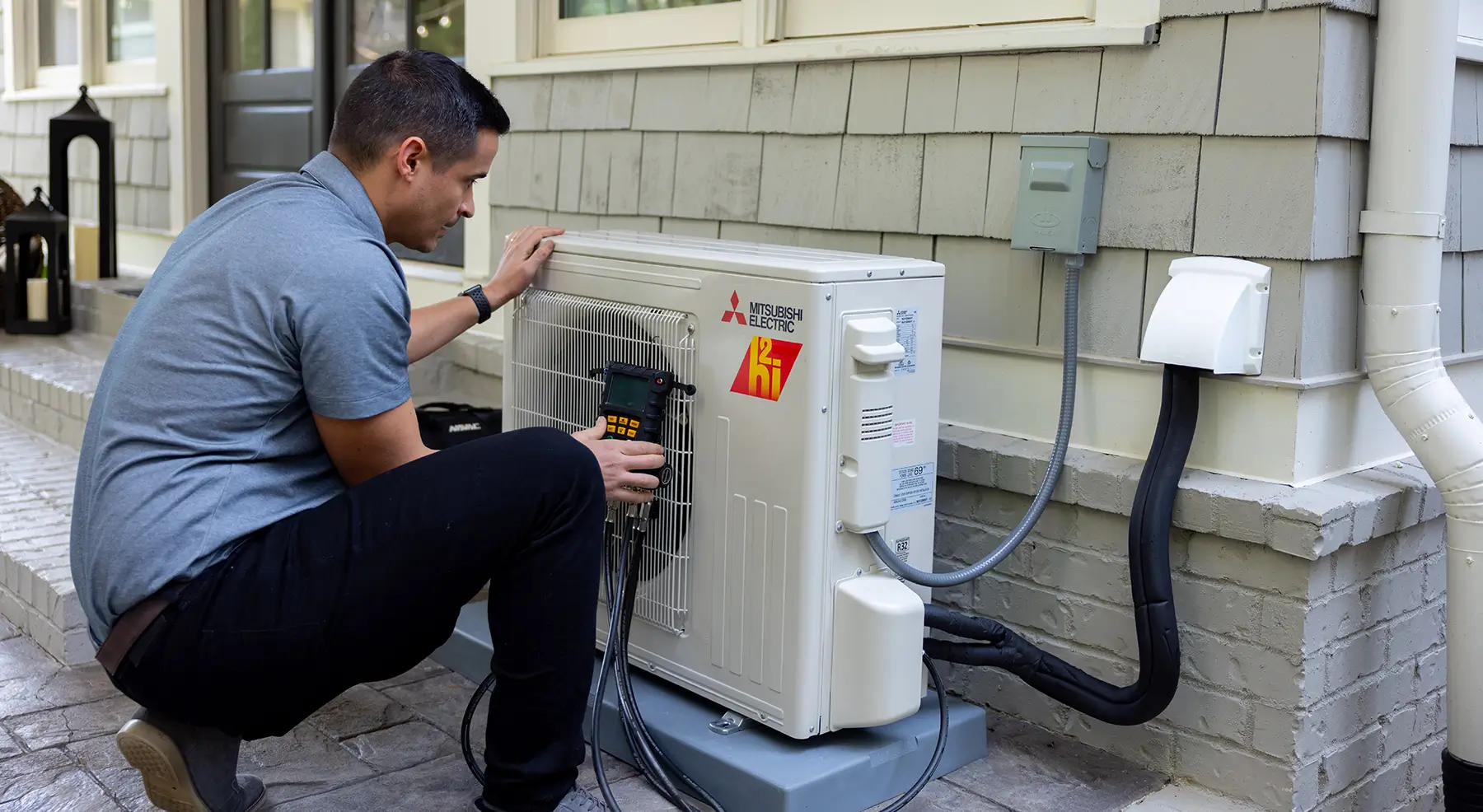Our homes are not just shelters; they’re sanctuaries for our families and the furry companions that enrich our lives. The comfort of our pets is as much a priority as our own, especially considering the significant amount of time they spend indoors. Like us, animals are sensitive to their environment, with temperature fluctuations and air quality directly impacting their health and happiness. Traditional heating, ventilation, and air conditioning (HVAC) systems have long been the standard for creating a comfortable home environment. However, they’re only sometimes the most efficient or effective solution for catering to pets’ specific needs. Enter ductless heating and cooling systems—a modern solution for maintaining an optimal indoor environment for our four-legged family members.
Ductless systems, also known as mini-splits, offer a flexible and efficient alternative to traditional HVAC units. They provide precise temperature control and improved air quality without extensive ductwork. For pet owners, this means creating a healthier, more comfortable living space for their furry friends while addressing some common challenges associated with pet ownership, such as dander, odors, and hair.
In this article, we’ll explore the myriad ways ductless systems can enhance the comfort of our pets, from ensuring a consistent indoor climate to improving air quality and reducing stress-inducing noise. We’ll also touch on these systems’ safety and energy efficiency, making them a compelling choice for pet-friendly households looking to provide the best for their animal companions.
Table of Contents
Benefits of Ductless Systems for Pets
1. Temperature Control
Pets can be susceptible to temperature changes, which can affect their comfort and health. Ductless systems allow for precise temperature control in specific zones of your home, ensuring that your pets can find a comfortable spot regardless of the weather outside. This is particularly beneficial for pets with health issues requiring a stable temperature or breeds sensitive to heat or cold.
2. Air Quality Improvement
Indoor air quality is crucial for pets, especially those prone to respiratory issues. Ductless systems are equipped with multi-stage filtration that significantly reduces the presence of pet dander, hair, and odors in your home’s air. This cleaner air environment helps prevent respiratory problems in pets and creates a fresher living space for everyone.
Indoor air quality is crucial for pets, especially those prone to respiratory issues. Ductless systems are equipped with multi-stage filtration that significantly reduces the presence of pet dander, hair, and odors in your home’s air. This cleaner air environment helps prevent respiratory problems in pets and creates a fresher living space for everyone.
3. Noise Reduction
Traditional HVAC systems can be noisy, which may stress pets, especially those with anxiety or a fear of loud sounds. Ductless systems operate at a significantly lower noise level, providing a quieter environment that can help keep pets calm and comfortable. This reduction in noise pollution is beneficial for both the pets’ and their owners’ wellbeing.
Traditional HVAC systems can be noisy, which may stress pets, especially those with anxiety or a fear of loud sounds. Ductless systems operate at a significantly lower noise level, providing a quieter environment that can help keep pets calm and comfortable. This reduction in noise pollution is beneficial for both the pets’ and their owners’ wellbeing.
Ductless Systems and Pet Safety
Ductless systems are designed with features that make them safer for households with pets. Unlike traditional HVAC systems that may have accessible, sharp, or moving parts, ductless units are compact and can be mounted high on walls, out of reach of curious paws and noses. This minimizes the risk of pets tampering with the system, getting injured, or causing damage.
Positioning is critical when planning the installation of a ductless system. Indoor units should be placed in areas that do not obstruct your pet’s regular activity while ensuring they cannot access the unit to chew on cords or knock it down. For homes with particularly active or large pets, additional precautions like protective barriers can be considered without significantly impacting the system’s efficiency or the aesthetic of your home.
Moreover, ductless systems do not require extensive ductwork, reducing the risk of pets accessing and damaging these areas or being exposed to accumulated dust, mold, or other allergens that can affect their health. This aspect of ductless systems further contributes to creating a safer and healthier pet environment.
Choosing the Right Ductless System for Your Home and Pets

Selecting the appropriate ductless system for your home requires considering several factors to ensure it meets the needs of your pets and family. The size of your home, the number of pets, and their specific needs are crucial in determining the best system.
1. Home Size and Layout: Evaluate the square footage of your home and its layout. Ductless systems are scalable and can be designed to efficiently cover multiple zones or rooms. Understanding your home’s size and how your pets use the space will guide you in choosing a system with a suitable capacity and number of indoor units.
2. Pet Needs: Different pets have varied tolerance levels to heat and cold. For instance, a husky may require a more relaxed environment than a short-haired chihuahua. Consider your pets’ breed, health conditions, and comfort preferences when selecting a system.
3. Energy Efficiency Ratings: Look for systems with high SEER (Seasonal Energy Efficiency Ratio) and HSPF (Heating Seasonal Performance Factor) ratings. Higher ratings indicate more energy-efficient units, which can lead to significant savings on your energy bills.
4. Air Filtration Features: Since pets can contribute to air quality issues, opt for a system with advanced air filtration capabilities. This will help reduce pet dander, odors, and other allergens in your home, ensuring a healthier environment for your pets and family.
5. Professional Consultation: It’s advisable to consult with HVAC professionals with ductless systems experience. They can assess your home and provide recommendations based on your needs and budget.
By carefully considering these factors and seeking expert advice, you can find a ductless system that provides optimal comfort and health benefits for your pets while being energy-efficient and cost-effective for your household.
Call to Action
If you’re a pet owner looking to enhance the comfort and health of your furry friends, consider the benefits a ductless system can bring to your home. Whether creating a cozy corner for your senior cat or ensuring a fantastic retreat for your energetic dog during the hot summer, ductless heating and cooling systems offer a flexible, efficient solution.
Remember, our pets’ wellbeing significantly influences their happiness and health. We can offer them a higher quality of life by ensuring their comfort through innovative solutions like ductless systems.




